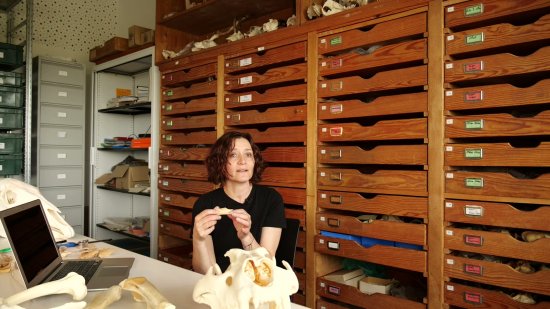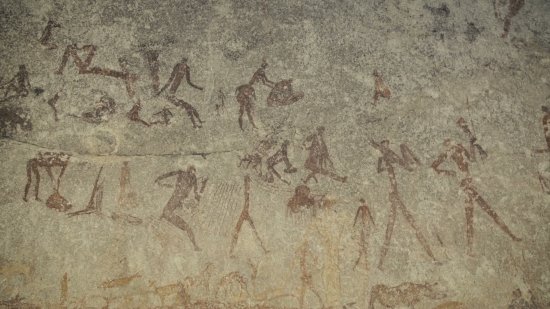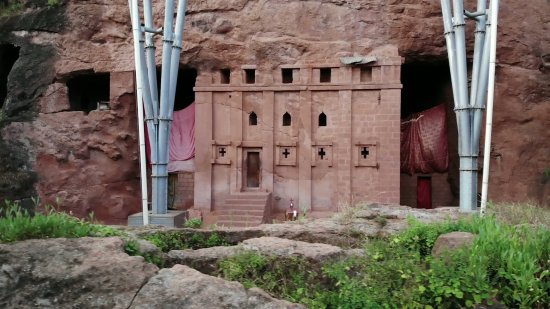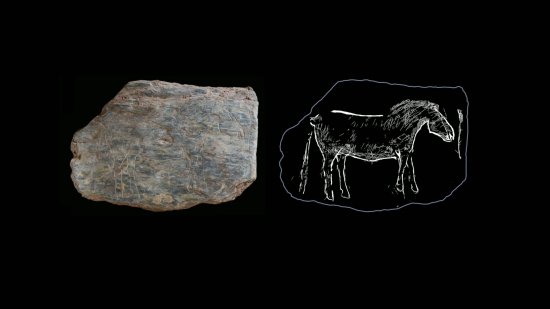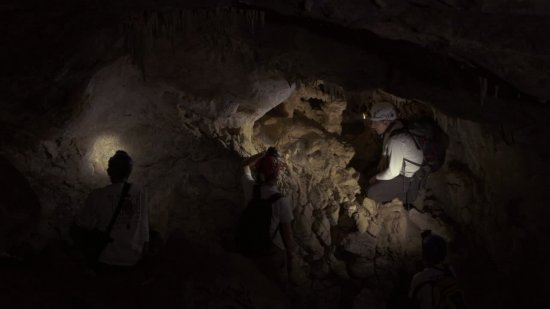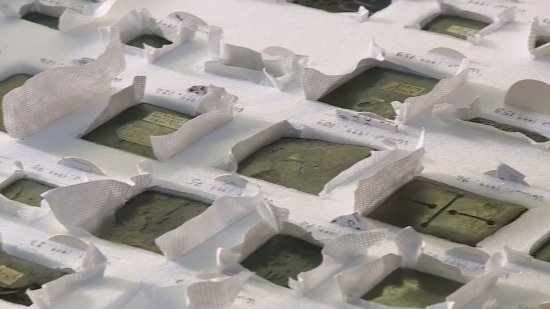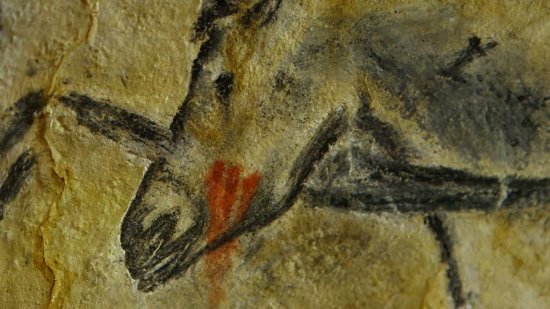
Travaux et Recherches archéologiques sur les cultures, les espaces et les sociétés (TRACES)
TOULOUSE CEDEX 9
TRACES is a research laboratory in archaeology. Techniques and technologies, material production, settlement history, habitat forms, economic systems, symbolic and funerary expressions, resource exploitation, dietary behaviors, etc. are thus examined from prehistory to the end of the medieval period, particularly in Eurasia and Africa.
